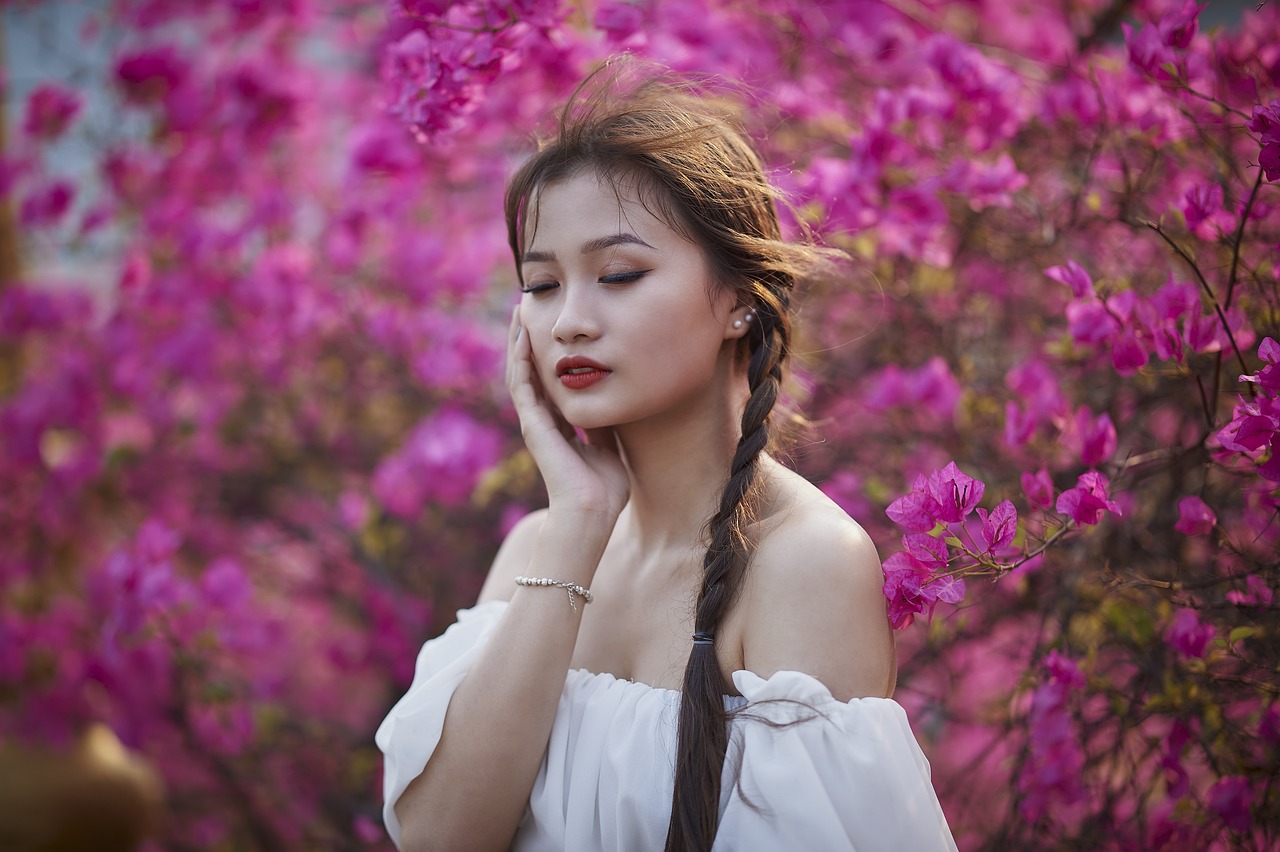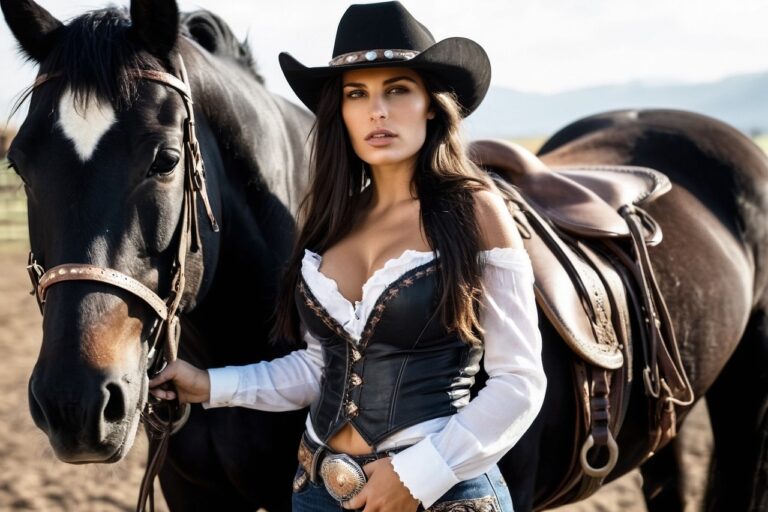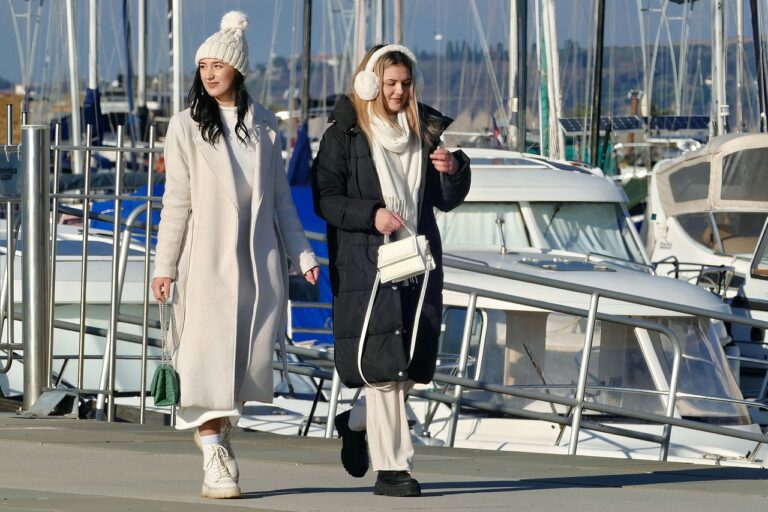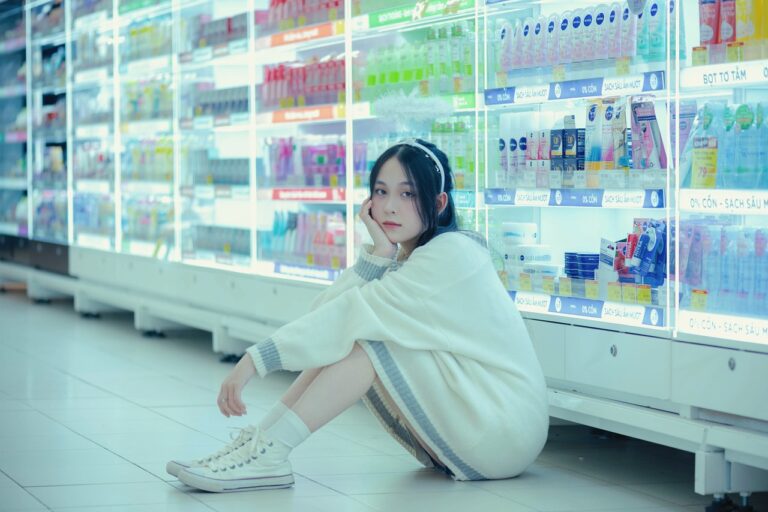The Role of Fashion in Film Costuming
Costume design is a pivotal component in the creation and representation of characters in film, theater, and television. Understanding the historical context of a production is essential for costume designers to accurately depict the characters and their social status, personalities, and occupations. By delving into different historical periods, costume designers can extract valuable insights into the fashion trends, materials, silhouettes, and colors that were prevalent during that era, allowing them to craft authentic and believable costumes.
The influence of historical periods on costume design extends beyond mere aesthetics, serving as a gateway to exploring the societal norms, values, and cultural dynamics of a specific time period. Through meticulous research and attention to detail, costume designers can capture the essence of a bygone era, transporting audiences to a different time and place through the visual language of clothing. By skillfully integrating historical elements into costume design, designers have the power to enhance storytelling, enrich character development, and immerse viewers in the narrative world on screen or stage.
The Impact of Fashion Trends on Character Development
In the realm of film, theatre, and television, costume design plays a crucial role in shaping the identity of characters. One pivotal aspect of costume design that significantly influences character development is the incorporation of current fashion trends. By incorporating elements of contemporary fashion into a character’s wardrobe, costume designers have the ability to enhance the authenticity and relatability of the characters to audiences, making them more recognizable and relatable in the context of the story being told.
Moreover, the integration of fashion trends into a character’s wardrobe can convey important information about their personality, social status, and cultural background. Through the strategic use of current trends in clothing, accessories, and hairstyles, costume designers can effectively communicate key traits and attributes of a character without the need for explicit dialogue or exposition. This seamless integration of fashion trends into costume design not only enriches the visual appeal of a production but also adds depth and dimension to the characters, enriching the overall storytelling experience for viewers.
• The incorporation of current fashion trends in costume design enhances the authenticity and relatability of characters to audiences.
• Fashion trends in a character’s wardrobe can convey important information about their personality, social status, and cultural background.
• Current trends in clothing, accessories, and hairstyles can effectively communicate key traits and attributes of a character without explicit dialogue or exposition.
• Seamless integration of fashion trends into costume design enriches the visual appeal of a production and adds depth to characters.
The Importance of Color Palette in Establishing Mood and Tone
Color plays a crucial role in setting the mood and tone of a visual medium, such as film, theater, or even everyday life. Different colors evoke specific emotions and feelings from the audience, helping to create a cohesive atmosphere that enhances the overall experience. For example, warm colors like reds and oranges often signify passion, energy, or urgency, while cool colors such as blues and greens can convey calmness, sadness, or tranquility.
By carefully selecting a color palette that aligns with the desired mood and tone of a production, costume designers and visual artists can effectively communicate the intended message to the viewers. Whether it’s through the use of monochromatic schemes to evoke a sense of elegance and sophistication, or contrasting colors to highlight tension and conflict, color choices can greatly impact the audience’s perception and emotional response to the piece. In essence, the color palette serves as a powerful tool in establishing the overall atmosphere and enhancing the storytelling aspect of any creative work.
How does historical periods influence costume design?
Historical periods play a significant role in costume design by providing context and inspiration for the color palette, fabrics, and styles used in creating costumes that reflect the time period accurately.
Can fashion trends impact character development?
Yes, fashion trends can greatly influence character development by helping to define a character’s personality, social status, and background through their clothing choices.
Why is color palette important in establishing mood and tone?
Color palette is important in establishing mood and tone because different colors evoke different emotions and can set the overall atmosphere of a scene. By carefully selecting colors, filmmakers, designers, and artists can effectively communicate the desired mood to the audience.







